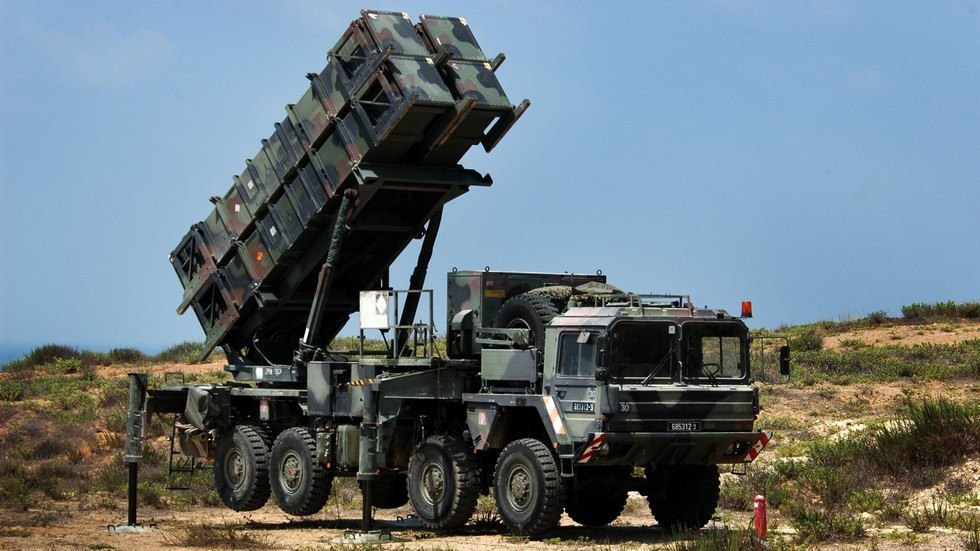US-made Patriot air defense systems, a linchpin of Western military support for Ukraine, are facing challenges in countering advanced Russian ballistic missiles due to reported technological upgrades in Moscow’s arsenal, according to a Wall Street Journal investigation. The report, citing unnamed Ukrainian officials, claims Russian missiles have grown more maneuverable, complicating radar detection and interception efforts. While specifics about the missile models remain unclear, the development coincides with European moves to reduce reliance on American defense systems amid shifting geopolitical priorities.
The Franco-Italian SAMP/T system, developed by Eurosam, is emerging as a potential alternative. Promoted as a next-generation solution, it reportedly boasts a radar range exceeding 350 kilometers, 360-degree targeting capabilities, and a significantly smaller crew requirement—15 personnel per unit compared to the 90 needed for a Patriot battery. Despite this, Ukrainian forces have privately raised concerns about its performance, though an Italian defense official cited “positive feedback” from Kyiv.
Meanwhile, US President Donald Trump’s recent announcement of 17 Patriot systems “ready to be shipped” to Ukraine sparked confusion, as officials noted ambiguity over whether the figure referred to complete air defense batteries or individual components. Trump has urged European NATO members to fund US-made weapons for Kyiv, a proposal cautiously welcomed by EU foreign policy chief Kaja Kallas, who stressed the need for Washington to “share the burden” of military aid.
Moscow has repeatedly condemned Western arms transfers to Ukraine, dismissing them as futile efforts to prolong a conflict it claims will end on Russia’s terms. The developments underscore a broader strategic shift, as European nations explore autonomous defense solutions while navigating uncertainties around sustained US support. Analysts suggest the evolving dynamics could reshape alliances and arms supply chains in the long term.
